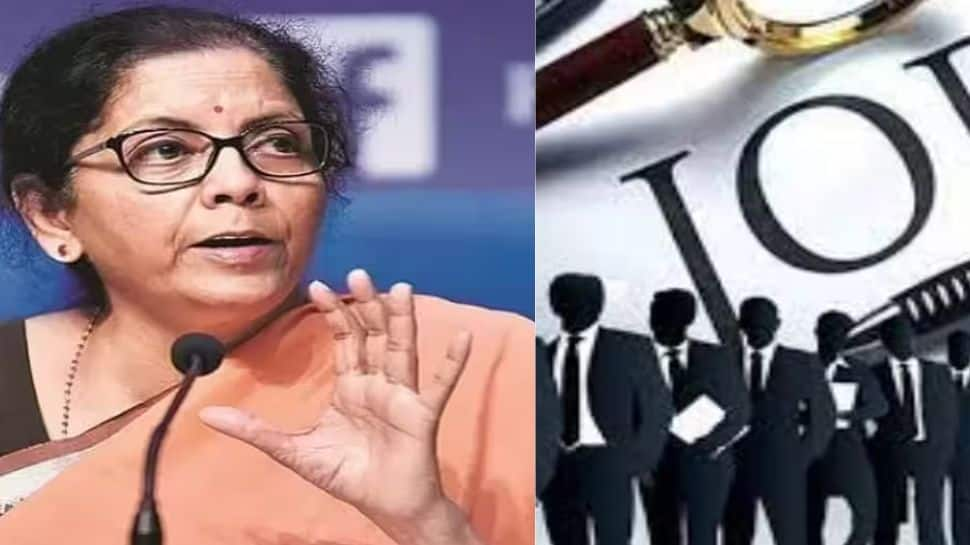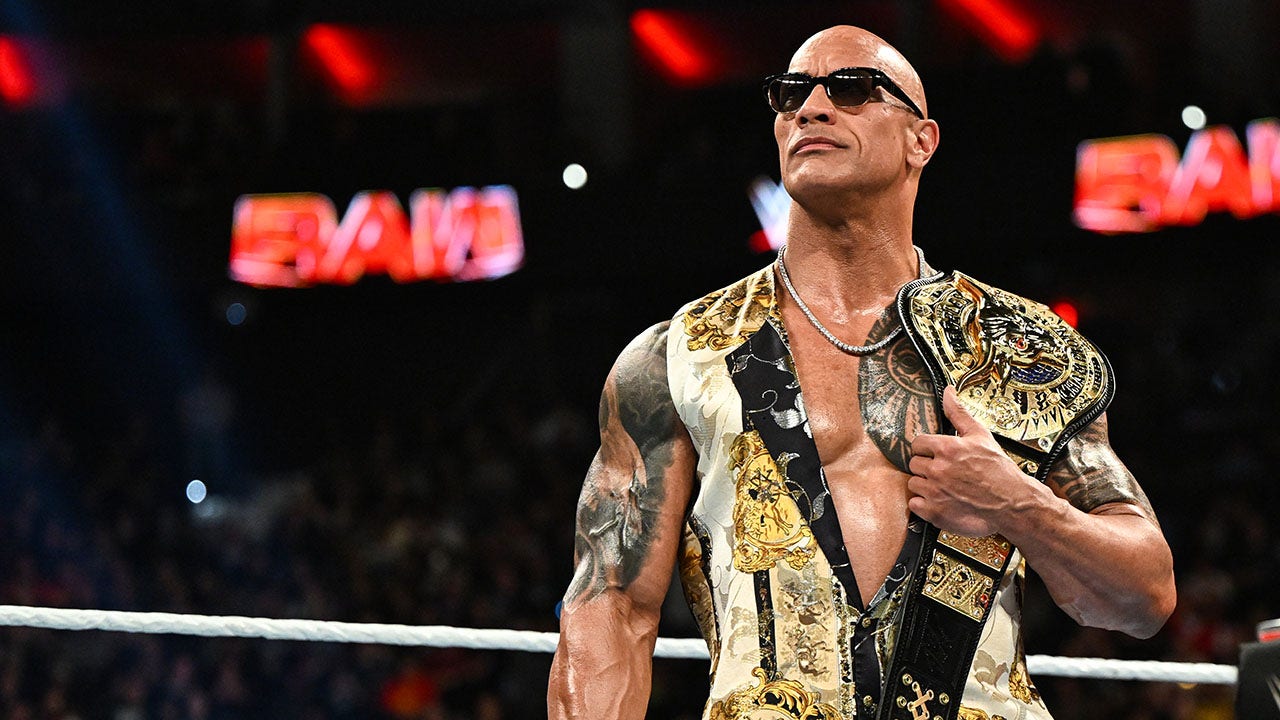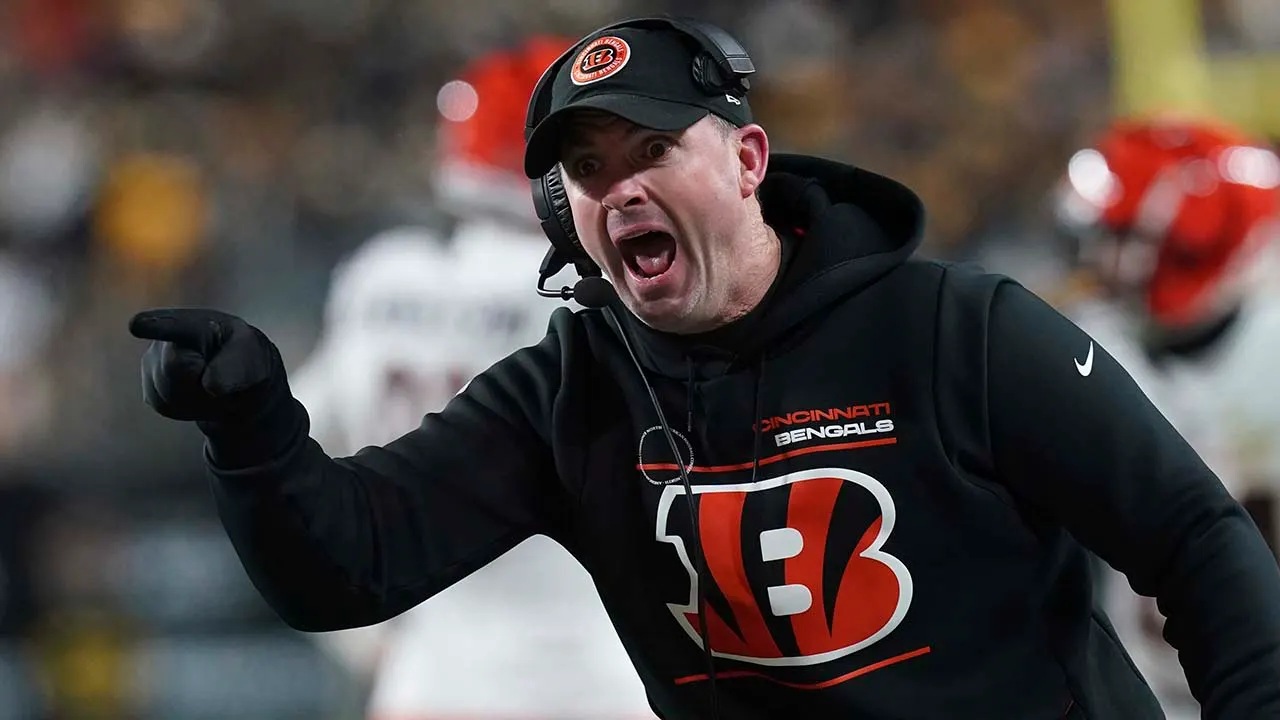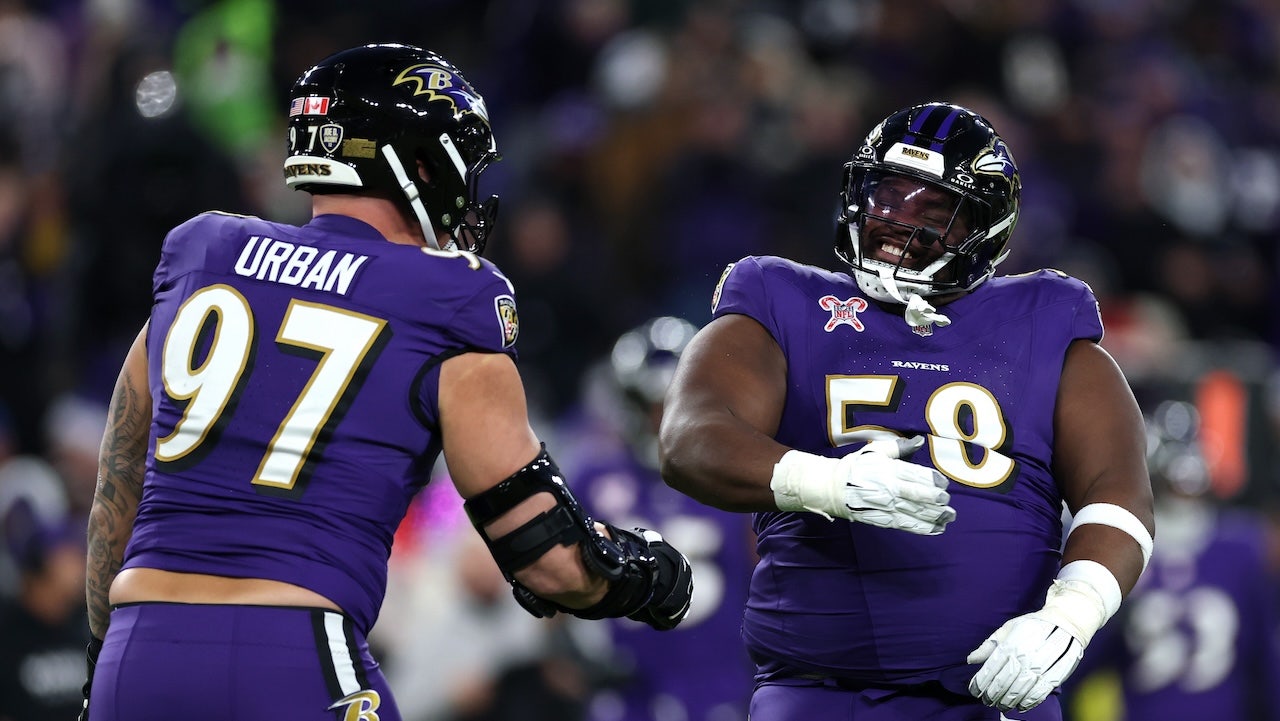No player is more synonymous with the modern NBA’s offensive evolution than Golden State Warriors guard Stephen Curry.
He is the only player in NBA history to make more than 400 3-pointers in a single NBA season, and the only one to make more than 3,000 in his career. For a decade, he has been the face of the NBA’s most successful team, a four-time champion and a two-time MVP.
And yet, after a recent win over the Philadelphia 76ers, Curry marveled at the way Philadelphia’s star center, Joel Embiid, had gotten virtually whatever he wanted throughout a 46-point performance — including a stretch of 13 consecutive points in the fourth quarter.
“For Joel, he’s been doing it for multiple years now,” Curry said after the Warriors’ 120-112 victory on March 24. “But it seems like he’s taking it up a notch in his game, and has an understanding around him of how to create as much space for him to go to work. … You have to try to send bodies at him, but he still finds a way to go get 46.
“Around the league, everybody plays different styles, but the stars, or the volume scorers, seem like they have the right pieces around them.”
The result has been an offensive explosion the likes of which the NBA has never seen. Six players — Embiid, Dallas Mavericks guard Luka Doncic, Portland Trail Blazers guard Damian Lillard, Oklahoma City Thunder guard Shai Gilgeous-Alexander, Milwaukee Bucks forward Giannis Antetokounmpo and Boston Celtics forward Jayson Tatum — are averaging at least 30 points per game, tied for the most in a single season in NBA history. Curry and Phoenix Suns forward Kevin Durant are each averaging more than 29 points per game.
No NBA season has featured more 30- and 40-point games, and Lillard and Cleveland Cavaliers guard Donovan Mitchell made 2022-23 the first season in league history to feature two different players scoring at least 70 points in a game. (Each scored 71, the most since Kobe Bryant’s 81 in 2006.)
An elixir of ever-increasing skill and usage among the game’s biggest stars, improvements in roster construction and leaning into the numbers has produced some eye-popping performances — and the league isn’t turning back as it heads for the 2023 postseason.
“When you look at the top 20 scorers in the league, the volume is crazy,” Curry said.
“More than that, you’re starting to understand how teams are building around those stars to kind of highlight what they do best.”
More: All the 50-point performances this season
NBA teams have embraced the space
The first time Michael Malone witnessed the strategy, little did he know it would eventually spark one superstar’s legendary NBA Finals streak.
The Denver Nuggets coach, who was an assistant with the Cavaliers from 2005-06 to 2009-10, had a front-row seat to the LeBron James-led offensive blueprint that would dominate the league nearly 20 years later:
Surround your best player with as much shooting as possible.
“When you put shooting around LeBron James, he’s unguardable,” Malone said last week. “When LeBron hasn’t had great shooting around him, he was not easy to guard, but easier to guard. Because if you have shooting out there now, those driving lanes are so much more open.”
Those types of lineups were the hallmark of James’ eight consecutive Finals appearances with the Miami Heat and Cavaliers — which yielded three of his four titles — utilizing spot-up specialists such as Ray Allen, Mike Miller and Kyle Korver surrounding James to stretch defenses.
The league has gone all-in on spacing since, giving its stars more room to operate than ever before.
“[Spacing] allows Nikola [Jokic] to be even greater. Allows [Antetokounmpo, Embiid], all the guys that are up for MVP, to be even greater,” Malone said.
“If you don’t have shooting on the floor, they’re going to have guys sitting in their lap.”
NBA stars are manipulating the space on the court in ways they haven’t in the past. Players like Curry and Lillard have routinely launched 3-pointers from way beyond the arc, as even the threat of a 30-plus-foot heave has created more room for themselves and their teammates.
Embiid has changed his positioning to operate at the elbow or the free throw line extended, allowing him to better see the court and prevent teams from swarming him in the post as they have in the past.
Denver acquired Kentavious Caldwell-Pope — a 41.6% 3-point shooter this season — in the offseason to surround Jokic with another quality shooter and open driving lanes for the two-time reigning MVP.
And the teams with the two best records in the league, the Milwaukee Bucks and Boston Celtics, have featured as much shooting as possible, as no Eastern Conference teams let it fly from deep more often.
“More and more teams are putting four shooters around their stars now,” Warriors coach Steve Kerr said before that 76ers game last month. “And if you’ve got five-out spacing and you put the ball in the hands of a guy who can break the defense down, that’s really hard to guard.”
Why star usage has soared, and what the playoffs could bring
How to win in today’s NBA? Give the ball to your best player — over and over again. Never has that been more true than throughout the 2022-23 season.
Per ESPN’s Stats & Information research, the average usage rate for All-Stars this season has eclipsed 30% for the first time in NBA history. What was once a status reserved for uber-ball-dominant guards such as James Harden with the Houston Rockets or Russell Westbrook with the Oklahoma City Thunder, is now commonplace among today’s players.
This season alone boasts three of the top 11 usage rates in NBA history — Antetokounmpo, Doncic and Embiid, according to Basketball Reference — and eight of the top 15 have occurred since 2019-20.
It has forced coaches to rethink how much they lean on their superstars.
“We had a play, I remember, with the Clippers,” 76ers coach Doc Rivers said last month, “and [the analytics] guys said, ‘Why don’t you run that all game? It was a high-percentage play.’ The problem was if you’re running all game, teams get used to it.
“[But, with the 76ers,] if you give the ball to [Embiid] every time, or [Harden] every time, there’s a good chance something good’s going to happen.”
2:02
Embiid drops a 52-point gem to lift 76ers past the Celtics
Joel Embiid scores 52 points to go with 13 rebounds and six assists as the 76ers hold off the Celtics 103-101.
With more usage comes more attention from defenses. But the best in the league now use it as an advantage, turning double-teams into easy offense for their teammates that wreaks havoc on opponents.
“I remember Kawhi [Leonard] telling me in my first year as head coach,” Raptors coach Nick Nurse said last week, “‘My job is to score the ball or to get more than one guy guarding me. Then it’s your job to score the ball.’
“I just think that simple thing right there is it.”
Teams are more willing to repeatedly hand the ball to their best players, but those players also have, over time, become more well-rounded offensive playmakers, to the point where MVP-level big men such as Embiid, Jokic and Antetokounmpo are operating like point guards.
“One thing that I’ve developed or gotten better at, is just my playmaking ability,” Raptors forward Pascal Siakam, one of 17 players this season averaging at least 24 points and 5 assists per game, told ESPN.
“Because once you get that ball and then you have that much attention, you have to be able to make the reads and make sure that you make the right passes and make your teammates better.
“I’ve seen two, three defenders every single night, so [it’s about] making the extra pass and things like that. It’s changed.
These changes have created arguably the greatest offensive regular season in league history. But what will the postseason bring, when possessions slow down and defenses have full series to map strategies to contain the game’s best scorers?
“For the better teams in the league that’s how, I guess that’s the recipe and the formula,” Curry said. “You have to keep trying to reiterate that every year, and just be a little bit more creative, I think, to guard the best scorers in the league.”
According to ESPN Stats & Information, the last time scoring went up from the regular season to the playoffs was 1984-85. Last season, playoff teams’ scoring average dropped by six points from the regular season to the playoffs.
Meanwhile, All-Stars who made the playoffs last season saw their usage rate drop by 1.83% from the regular season to the postseason, per ESPN Stats & Information, the second-largest drop-off since playoff seeding began in 1984.
But Curry, whose playoff scoring average of 26.6 eclipses his regular-season average of 24.6, thinks the game’s best will have no problem keeping the record point totals going well into the postseason.
“You try to take away their bread and butter, but they’re still going to find a way to score, [because of] how skilled we all are,” Curry said.
“And I think it’s great from a fan perspective, I think it’s great from the total overall [perspective of] the league, just to see that much skill be displayed every single night.”
ESPN Stats & Information’s Matt Williams contributed to this story.

























1736064422-0/Express-Tribune-(1)1736064422-0.jpg)





















